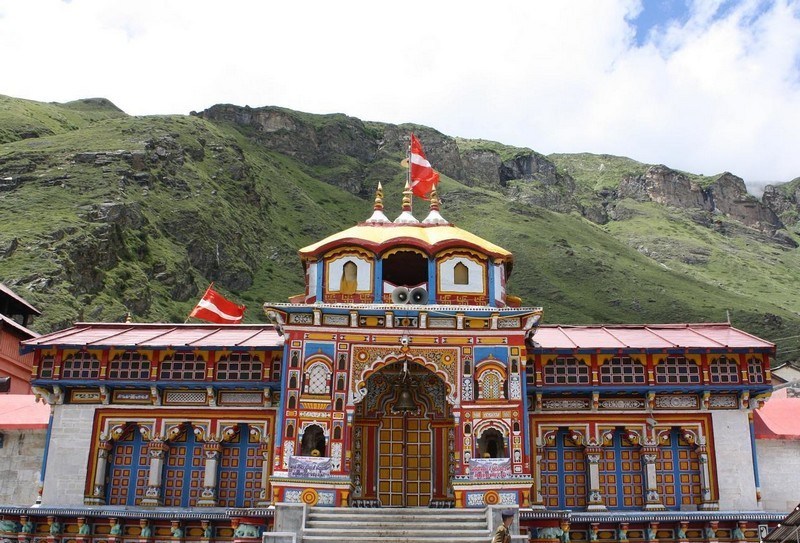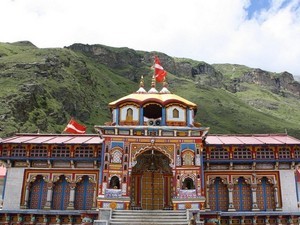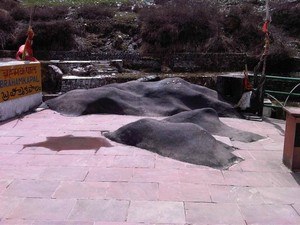Badrinath Temple - History, Timings & Entry Fee
![]() Pilgrimage
Pilgrimage
 #1 of 16 Places to Visit in Badrinath
#1 of 16 Places to Visit in Badrinath
 Distance (From Badrinath): 1 Kms
Distance (From Badrinath): 1 Kms
 Trip Duration (Including Travel): 1-2 Hours
Trip Duration (Including Travel): 1-2 Hours
 Transportation Options: Walk/Trek
Transportation Options: Walk/Trek
 Travel Tips: None
Travel Tips: None
At a distance of 1 km from Badrinath Bus stand, Badrinath Temple, also known as the Badrinarayan Temple, is situated on the right bank of the holy River Alakananda. It is considered as the most holy among the char dhams and among the 108 Divya Desams. Badrinath along with Yamunotri, Gangotri and Kedarnath form the Chota Char Dham, one of the important pilgrimages for Hindus.
The temple is dedicated to Lord Vishnu, who is worshipped in this temple as Sri Badrinath. According to legends, the Badrinath temple dates back to the Vedic age. However, the present temple is believed to have been established by saint-philosopher Adi Shankaracharya in 8th century. Adi Shankara discovered a Saligram idol of Lord Badrinarayan which lay immersed in the River Alakananda. He installed this idol in a cave nearby Tapt Kund. It was later shifted to the present temple by the King of Garhwal in the 16th century.
The temple stands tall at a height of 50 feet, has a colorful main entrance also known as the Singhdwar. The temple has three sections; Garbhagriha, Darshan Mandap, and Sabha Mandap. The idols of Lord Badrinarayan, along with other Gods are situated in the Garbhagriha. The statue of Lord Badrinarayan is around 3.3 feet tall and is made of black stone (Saligram stone). The image is believed to have Vishnu in a dual form of Nara and Narayan.
Every year millions of devotees visit this sacred place from May to October. Mata Murti Ka Mela, which commemorates the descent of river Ganges on mother earth, is the most prominent festival celebrated in the Badrinath Temple. A large fair held at the Badrinath Temple on this festival in the month of September. The Badri Kedar festival is celebrated during the month of June in Kedarnath & Badrinath Temples. The festival lasts for eight days; artists from all over the country perform during the function.
Badrinath remains covered in snow for around six months every year. The temple is closed during winter on the auspicious day of Vijayadasami in October / November. On the day of closure, Akhanda Jyothi, a lamp is lit filled with ghee to last for six months. The image of Badrinath is transferred during the period to the Narasimha Temple at Joshimath. The temple is reopened in April / May on Vasant Panchami.
Timings: 4 AM - 12 PM and 3 PM - 9 PM
















